Lab Services
Our Healthcare Service

Stroke Management and Thrombolysis
Dr. Roopakshi Pathania specializes in the diagnosis and treatment of strokes, including thrombosis. She provides rapid intervention and comprehensive care to minimize long-term damage, improving recovery outcomes. Her expertise in stroke management ensures that patients receive timely, effective treatments for optimal neurological health.
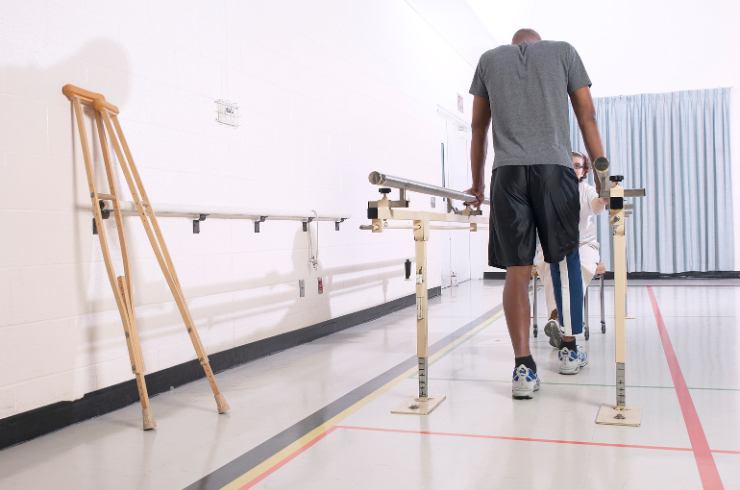
Stroke Rehabilitation
Dr. Pathania offers personalized stroke rehabilitation programs aimed at helping patients regain mobility and independence after a stroke. Using advanced techniques and therapies, she focuses on restoring function and improving the quality of life, guiding patients through their recovery journey with care and expertise.
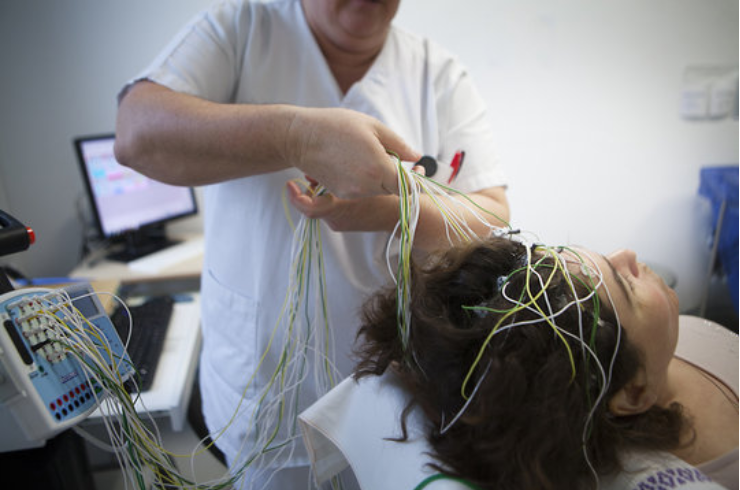
Epilepsy Treatment
With extensive experience in managing epilepsy, Dr. Pathania provides tailored treatments to control and reduce the frequency of seizures. She employs a patient-centered approach, utilizing the latest advancements in neurology to offer effective management options, ensuring improved quality of life for those with epilepsy.
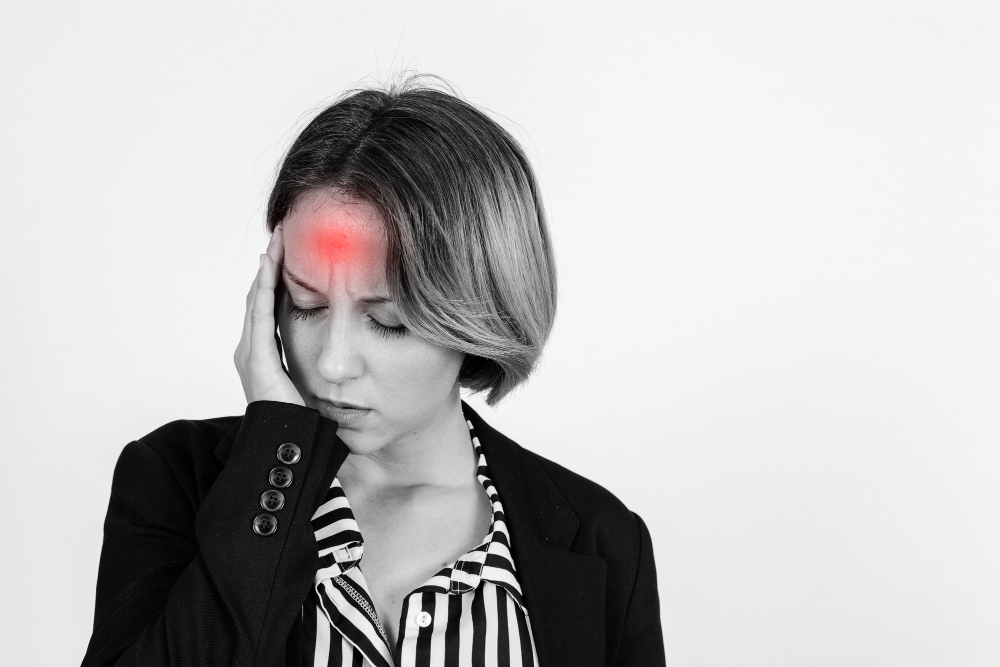
Migraine Management
Dr. Pathania offers specialized care for patients suffering from chronic migraines. She provides personalized treatment plans, including preventive and symptomatic therapies, to reduce migraine frequency and intensity. Her focus on understanding each patient’s unique triggers leads to effective, long-term relief.

Muscle Disorders Management
For patients with muscle disorders, Dr. Pathania offers thorough diagnostic assessments and tailored treatment plans. Her expertise includes managing conditions like muscular dystrophy and myasthenia gravis, providing therapies that focus on maintaining strength, mobility, and improving overall muscle function for a better quality of life.

Neuropathy Care
Specializing in the treatment of neuropathy, Dr. Pathania provides care for patients experiencing nerve damage, pain, and weakness. She offers customized treatment options, including medications and lifestyle changes, aimed at managing symptoms and improving nerve function, ensuring better comfort and mobility for patients.

Botox
Botox is a popular cosmetic treatment used to reduce the appearance of fine lines and wrinkles. Derived from botulinum toxin, it temporarily relaxes facial muscles, smoothing out expression lines such as crow’s feet and forehead creases. Beyond cosmetic use, Botox is also employed for medical purposes, including treating migraines, excessive sweating, and muscle spasms. The procedure is minimally invasive, with effects typically lasting three to six months before requiring follow-up treatments.

Movement Disorders Treatment
Dr. Pathania treats various movement disorders such as Parkinson's disease, tremors, and dystonia. She provides advanced therapies and medications to improve motor function and quality of life. Her holistic approach ensures that patients receive comprehensive care for managing movement disorders effectively.

Post Stroke Spasticity
Post-stroke spasticity is a condition characterized by stiff or rigid muscles, often affecting movement and coordination after a stroke. It occurs due to damage in the brain’s areas responsible for muscle control, leading to involuntary muscle contractions. This can result in pain, difficulty with mobility, and challenges in daily activities. Treatment options include physical therapy, medications, and sometimes injections or surgery, aimed at improving muscle flexibility and enhancing overall quality of life.

Blepharospasm
Blepharospasm is a neurological condition characterized by the involuntary, repetitive contraction or twitching of the eyelid muscles. This condition can cause discomfort and interfere with vision as the spasms become more frequent and severe. Though the exact cause is unknown, it can be linked to stress, fatigue, or underlying eye conditions.
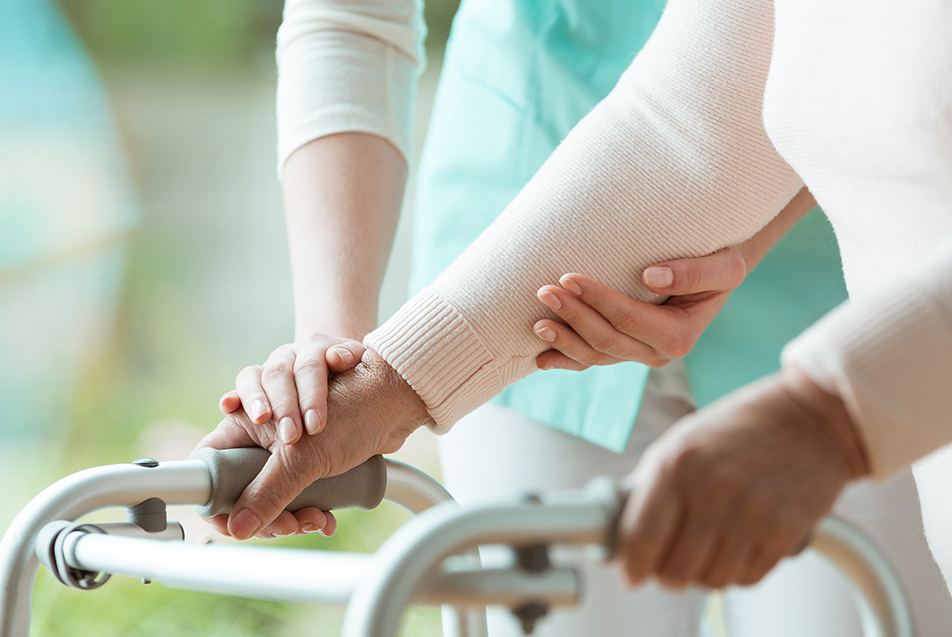
Movement Disorders
Movement disorders refer to a group of neurological conditions that affect the ability to control body movements. These disorders can lead to excessive, involuntary movements or reduced, slowed movements. Common examples include Parkinson's disease, essential tremor, dystonia, and Huntington's disease. Symptoms may include tremors, muscle rigidity, spasms, or difficulty with coordination.
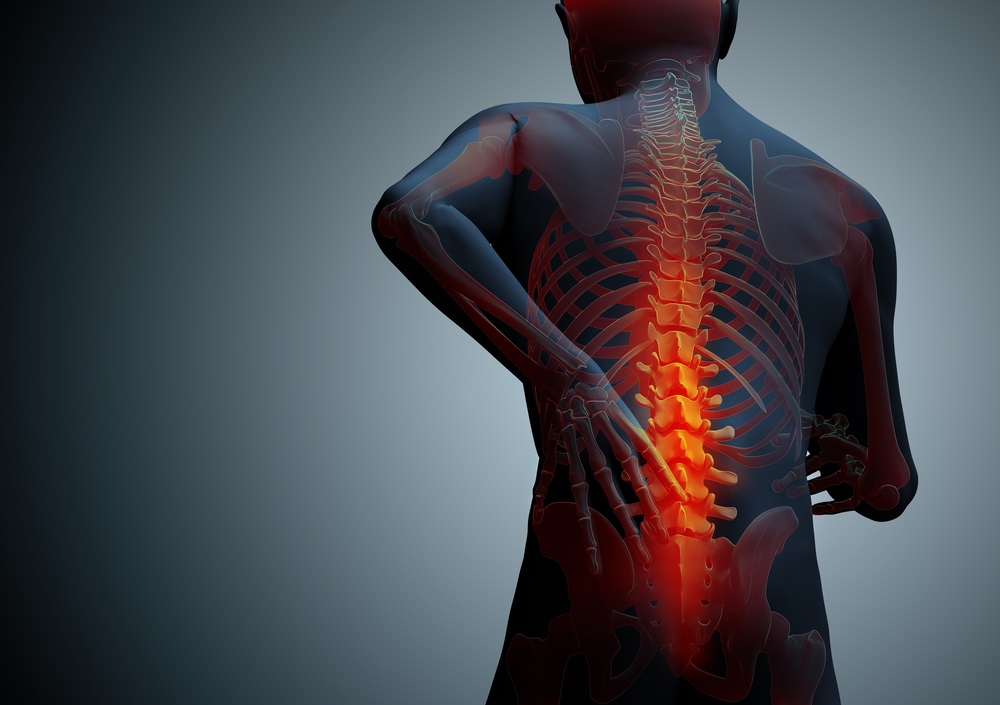
Chronic Pain
Chronic pain is a long-lasting condition that persists for months or even years, often beyond the expected healing time of an injury or illness. It can affect various parts of the body, such as the back, joints, or nerves, and is often difficult to manage. The pain may be constant or come and go, significantly impacting daily activities and quality of life. Effective treatment often requires a combination of medical and lifestyle approaches.